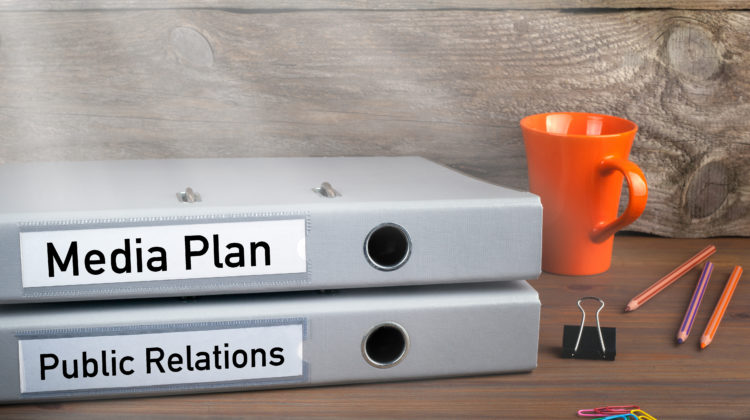[ad_1]

As plaintiffs’ attorneys prepare to file a lawsuit, the public relations plan often is an afterthought – the suit tossed to an inhouse or external PR advisor a few hours before, or even worse a few hours after, the case is filed. And then everyone wonders why reporters haven’t picked up the story, or why it hasn’t resonated beyond legal media outlets (sure, it’s great to have your fellow attorneys read about your brilliance, but is it helping advance your case)?
Working together with public relations professionals early in the process can help you make smart decisions about whether you want media attention, how to position your complaint in the public square – and how to respond, and on what platforms, to any incoming fire from the defendants.
Some law firms have attorneys who specialize in crisis management. While they may not “speak journalist” and have all of the media connections that the PR team possesses, they understand social media, online reputational risk and the need for speedy statements that serve the public’s need to know. Teaming those attorneys with PR pros who have deep experience working with reporters can help drive a communications plan that will help achieve the desired legal outcomes.
What are some of things to consider when developing the public relations components of a lawsuit – before it’s filed and along the way?
Who is your audience? What are the key objectives of your communications plan – are you trying to bring in more plaintiffs, drive outrage in the public square and/or create pressure for a favorable settlement? Will the PR campaign work in conjunction with a marketing plan, including a web site, social media and paid ads, to bring more plaintiffs into the case? Knowing your audience is critical framing for all other decisions.
Do your PR advisors have experience in litigation? The PR team needs to understand the basics of litigation, the likely arc of the case, and how to develop smart messages in a way that makes the legal team comfortable while also telling stories that resonate with journalists and their readers. They need to understand all the key points in the litigation that might attract media attention – key filings, the defense response, etc.
Are you going to play offense or defense? You need a communications plan either way, but it’s important to decide if you’re going to share the complaint with reporters, put out a press release, point reporters to key elements of the complaints and answer questions on or off the record – or are you going to play defense and simply be prepared to answer questions from reporters. And who will serve as primary spokesperson for the case? It’s easier to speak with one consistent voice if one attorney is the primary conduit with the press.
Do you have a media monitoring plan? As the news cycle has become an endless 24/7 stream of tweets, blogs and stories, your PR team should be conducting regular monitoring of media outlets and social media, looking for both mentions of the litigation as well as the underlying claims (are there continuous complaints on Yelp or Reddit, for example, regarding a flawed product that is the focus of the litigation). Media monitoring services can be quite expensive and often simply having your PR team doing regular searches can be sufficient – and far cheaper.
Can you respond quickly? News travels at the speed of a Tweet these days, and journalists are under pressure to file quickly. So when a reporter reaches out, they want an answer as quickly as possible – almost certainly within a few hours. Dither too long and the reporter will publish a story with quotes from the other side and say that your firm “declined to comment.” Identifying which attorneys can issue statements and are in a position to respond (or decline to respond) quickly is essential.
Do your briefs tell a great story? No, the media is not the primary audience for your filings but reporters often prefer to quote from the legal briefs rather than statements from attorneys. A well written introduction, in particular, often provides great fodder for reporters, who are looking for ways to simply and clearly explain the issues involved in the litigation. And remember that it’s easier for them to quote from short sentences than incredibly long paragraphs. Keep it simple and clear. Reporters will thank you. And the judge won’t mind a clear and compelling narrative, either.
George Haj is president of Haj Media, a strategic communications firm. He spent 30 years as a senior editor at the Miami Herald, Houston Chronicle and ALM Media before starting his boutique firm five years ago; he provides strategic counsel to law firms and corporate clients across the country.

[ad_2]




